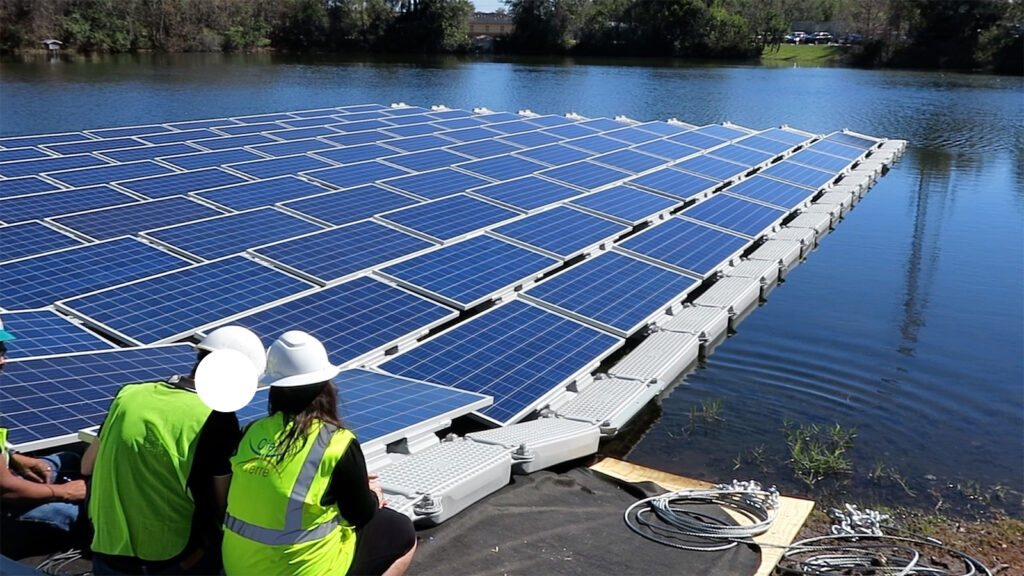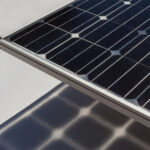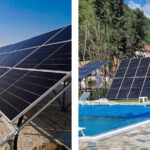Water photovoltaic power station refers to the photovoltaic power station established on water such as lakes formed in areas such as reservoirs, lakes, reservoirs and impoundments. There are two major categories of water PV, which are pile-driving water power plants when the water depth is less than three meters. Another category is used when the water depth is more than three meters, called floating water power station. What are the types of such power stations? This article leads you to take a look.
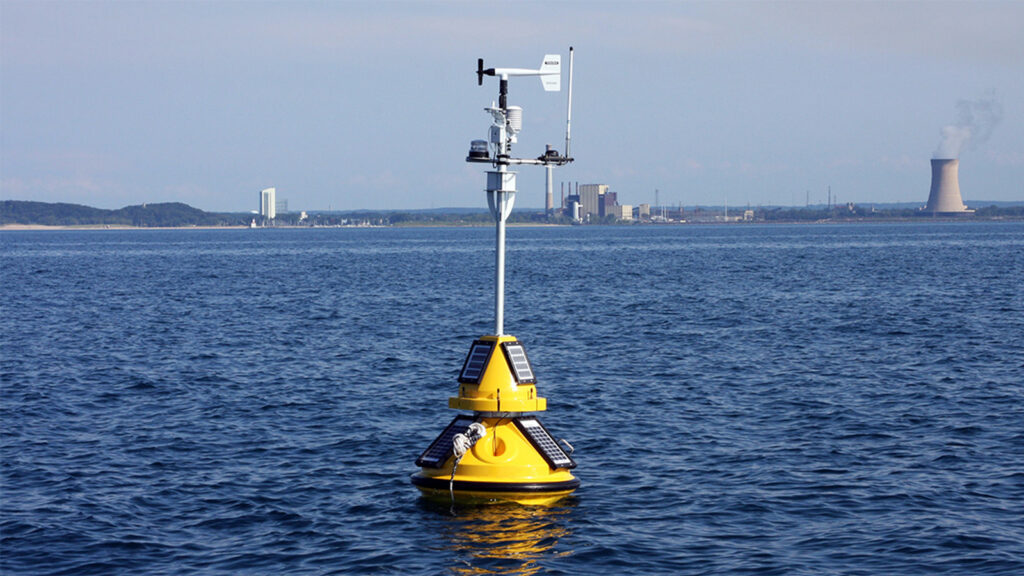
The components of floating water photovoltaic power station are mainly photovoltaic panels, sink boxes, inverter equipment, transformers, collector lines, polyethylene floating body shelves and so on. It mainly relies on the floating body shelf to make solar panels floating on the water, there are mainly four different styles.
1. Floating tube type water power station
The advantage of floating tube floating water photovoltaic power station is that the PV module structure is solid, can be arranged according to the best installation inclination, installation flatness is better, the overall power generation capacity of the power station is larger; but the disadvantage of this form is the use of steel and floating body are larger. Usually, for the highest flood level when the water depth is greater than 5 m and the lowest dry water level is greater than 1 m non-stationary area of water, can build floating water photovoltaic power station.
2. Independent float type
The advantages of independent float type construction of water power station is: each float above the uniform force, the failure rate is reduced, the power station life is long. The disadvantage is that the float connection is not enough to resist the fluctuations brought by wind and elegance, and the float node needs to be reinforced with steel structure.
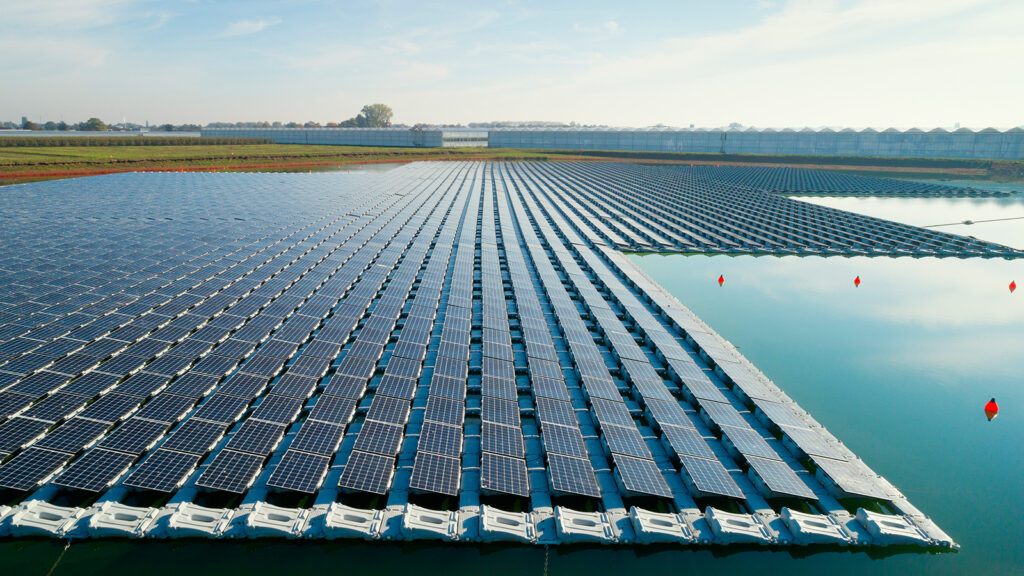
3. Standard float type
Standard float type water power station is built into a single-row components and double-row components of two kinds. They have the common advantage of good overall flatness and beautiful appearance. Single-row components will divide the water into multiple areas, resulting in poor water flow performance. The front and back span of the double-row assembly is large, the steel structure of the support is unevenly stressed, and the wind resistance leads to a greater impact; it also causes poor water flow performance.
4. Floating box type floating water power station
Floating box type floating water photovoltaic power station consists of floating box and photovoltaic modules. It has less steel, the overall weight of the floating body is small, and installation, maintenance and other advantages; but the disadvantage of the form is limited by the shape of the floating body, the installation angle of the PV module generally does not exceed 20 °, can not reach the best installation angle, which will affect the overall power generation capacity of the power station.
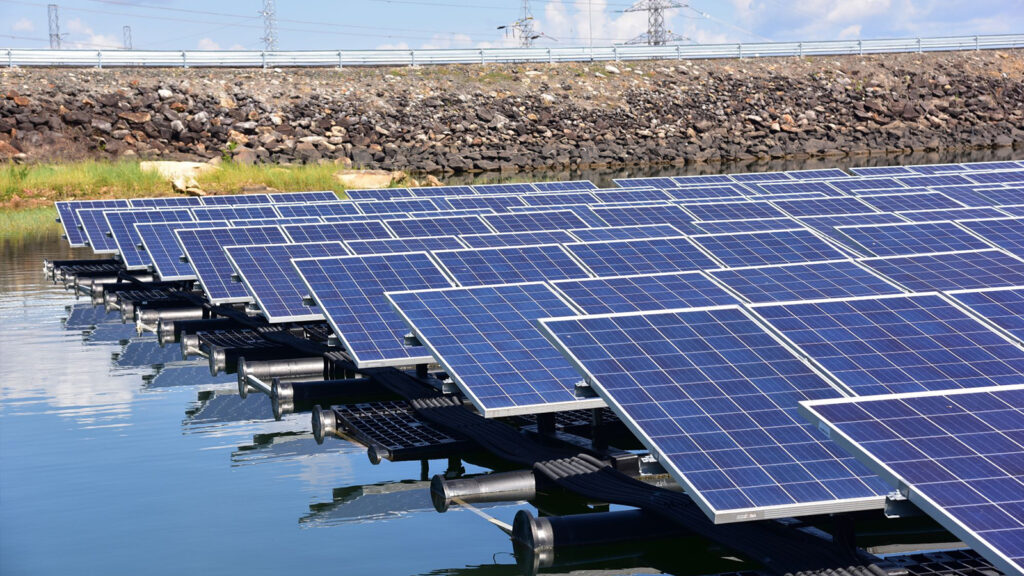
At present, deep water, that is, the water depth of 3-10 meters in the area of the floating water power plant is currently in the demonstration stage, the maturity of the technology to be improved. But this is an important development direction of future sleep PV. When the technology is mature, will break through the water height limit in deep water area, the future application of floating power plant will be greatly increased.
Under the global green eco-friendly initiative, various regions are vigorously promoting all kinds of photovoltaic projects. We, as individual users, can choose to install household PV systems on our roofs, balconies, gardens, carports and other built environments to experience the benefits of solar power generation in our homes.
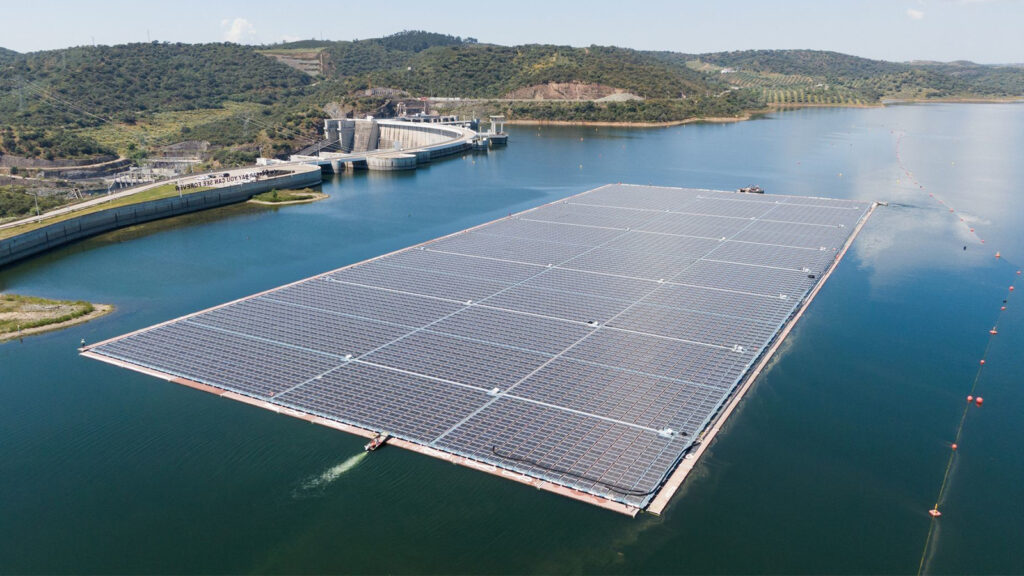
Maysun Solar is a manufacturer of PV modules with 15 years of professional experience. We have many different product styles and designs and offer customization services such as sizing. Our hot products are the TwiSun series and the Venusun series. Order solar panels from Maysun Solar, we can be trusted!

